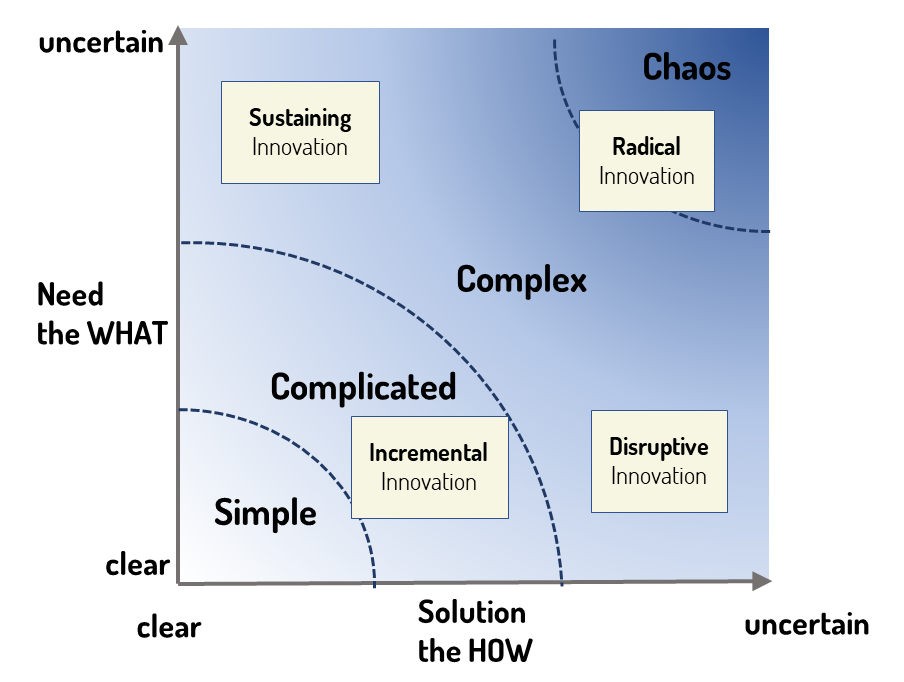The Agile culture allows the organization to evolve more quickly to adapt to a more complex environment and retain the best talent. The level of agility your organization needs depends on the speed of change in your market, and the level of complexity implemented to meet the needs of your customers. We suggest you define the agile culture and do an agile profiling (Agile Profiling) in four steps to determine your ideal agile culture.
Agile profiling
To determine which agile culture is right for your organization, we invite you to follow four steps:
Step 1: Assess your market
Any corporate culture depends on the market in which it operates. Is it a long-established market where customer needs are well known or a growing market in which customers themselves do not yet know what they want? In a rapidly evolving market, your organization’s ability to evolve must be very great and your development cycles very short to allow you to explore your market. In a mature market, the competition can be great, and you can gain a competitive advantage through your ability to better meet customer needs and innovate.
Step 2: Evaluate your type of innovation
The second step is to look at how you want to innovate. Bring a new solution to this market or improve an existing solution? Depending on the type of market and the type of solution, there are therefore four types of innovation according to Clayton Christensen [1]:
- Incremental Innovation: Improving existing products.
- Sustaining Innovation: Changing existing products to go into new markets.
- Disruptive Innovation: New products in an existing market.
- Radical innovation: New products in a new market.

These four types of innovation can be placed on the Stacey matrix having as axes the uncertainty of the need and that of the solution. This matrix has four areas: simple, complicated, complex and chaotic. Agility is an answer to complex and chaotic problems. The greater the complexity, the more user-oriented the organization must be to improve and test its products as quickly as possible according to their needs.
Step 3: Evaluate your solutions
It is now a question of evaluating the level of uncertainty and volatility of your solutions. If you need complex and innovative technologies, these require an exploration phase to find the right answer to the customer’s problem. The maturity of the technology is also to be taken into account. The newer it is, the greater its volatility, that is to say its propensity to change.
Then the uncertainty can come from other factors such as regulation, politics or sociology which increase the complexity of the solutions to be implemented.
The culture of collaboration and learning is essential to enable your organization to implement complex and constantly evolving solutions.
Step 4: Assess your skill requirements
After having looked at the complexity of realization, you can now analyze the need for skills. Do you need specialists or experts in their field? Are specialists in several fields required? Agile methods are best suited to multidisciplinary teams made up of experts with a broad base of skills, and who need a high level of autonomy.
Highly qualified people are also more difficult to recruit, so you need an attractive work environment to attract new talents. Employee satisfaction is also at the heart of the agile culture.
Conclusion
By putting the complexity and volatility of your market and solutions into perspective, you can better assess what culture is required for your organization. The Agile culture makes it possible to better manage complexity and change, while creating an environment that attracts talent. Now that you have estimated your organization’s ideal level of agility, all you have to do is change your culture by putting your priorities into perspective.
References:
The Innovator’s Dilemma, Clayton Christensen, 1997, ISBN 0875845851

